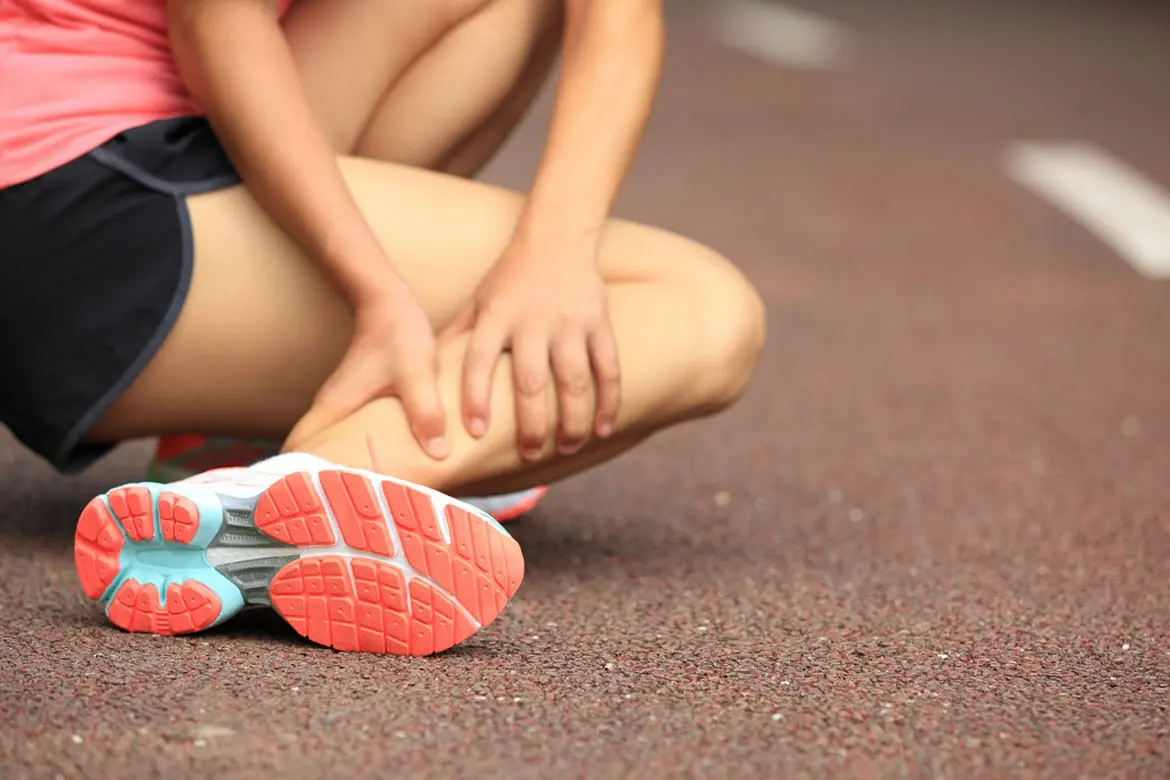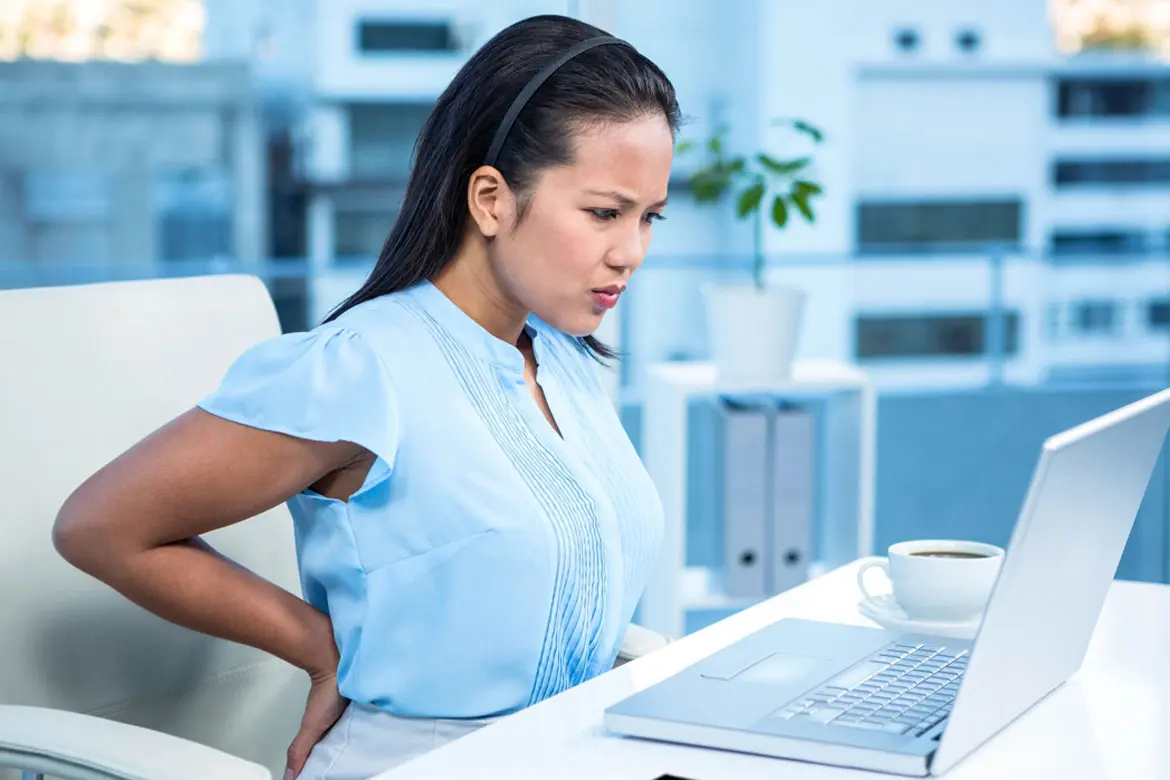Does your child have scoliosis?
The spine or backbone is actually curved for flexibility in our movements. When you observe a person's side profile, we will notice that that the spine has an 'S' shaped curve. However, there are some people whose spines are unusually curved.This condition is called scoliosis.
Scoliosis refers to an abnormal sideways curvature of the spine. Since scoliosis most often develops in children and teens, parents should be aware of this condition. Mild curves may sometimes develop without the parent or child noticing, as this happens gradually and often without pain. We explain how to detect early signs of scoliosis among children.
What are the causes of scoliosis?
There are many possible causes of scoliosis.
Idiopathic scoliosis is the most common type of scoliosis. 'Idiopathic' means that the underlying cause of the scoliosis is unknown. This type of scoliosis commonly affects children and teens.
Congenital scoliosis is caused by birth defects that affect the spine. This type of scoliosis is observed in babies. Affected infants usually have other birth defects as well.
Degenerative scoliosis is caused by the wear and tear of the discs in the spine. These discs normally function as a cushion and are found between the bones in the spine. Degenerative changes of the discs can lead to scoliosis. This type of scoliosis is more common among the elderly.
Neuromuscular scoliosis is caused by the loss of control of the muscles and nerves of the spine. This type of scoliosis is commonly a consequence of diseases that affect muscle control, such as cerebral palsy or muscular dystrophy.
A common misconception is that scoliosis is caused by carrying heavy bags, participating in sports, having a poor posture, or because a child does not drink enough milk. None of these factors cause scoliosis.
What are the signs and symptoms of scoliosis?
Scoliosis can lead to noticeable changes in your child's torso. Such changes include:
- Uneven shoulders – One shoulder is higher than the other. If your child is wearing dungarees or dresses that have straps over the shoulder, you will notice that the straps for the left and right shoulder are not of the same length.
- Uneven chest – One breast is higher than the other. This is usually observed in girls.
- Uneven waistline – One side of the waist is tilted up.
As most children may not complain of discomfort or pain, it is important for parents to be observant of these signs of scoliosis. Should these signs of scoliosis be noticed at home, consider the "forward bend" test. This test can help you better examine your child's back for possible scoliosis.
The "forward bend" test can be done with the following steps:
- First, ask your child to stand up straight.
- Ask him/her to bend down and try to touch their toes, with their knees straight.
- Carefully look at the back while your child is bending down.
- Children with scoliosis will have an uneven back, where one side is higher than the other.
How is scoliosis diagnosed?
When you bring your child to a doctor for possible scoliosis, your doctor will examine your child’s torso carefully and perform the "forward bend" test. Your doctor may also request for an X-ray to better see your child's spine.
How is scoliosis treated?
The treatment of scoliosis depends on how severe the curvature is, and how old the child is. Children who are diagnosed with scoliosis at a younger age have higher chances for the scoliosis to progress and worsen.
Children with mild scoliosis can be closely monitored. Some children may need to wear a brace over their torso to stop the scoliosis from worsening. Surgery may be needed for children with very severe scoliosis.
Your doctor may also to strengthen the muscles of the child's torso.
When should you consult a doctor?
It is best to see an orthopaedic specialist once you notice any signs of scoliosis in your child. Early diagnosis and timely treatment is important so that your child's scoliosis will not worsen with time.
Children who delay seeking medical care are more likely to have severe scoliosis upon initial consultation. Often, this happens because parents had failed to identify the condition earlier on, or they viewed scoliosis as a minor problem until the deformities became more severe. Due to the severity of the scoliosis, some of these children who delayed treatment may have to undergo surgery.
An early diagnosis will significantly reduce the chance that your child will need surgery for his/her scoliosis. If you suspect that your child has scoliosis, consult an orthopaedic specialist for a proper diagnosis.













